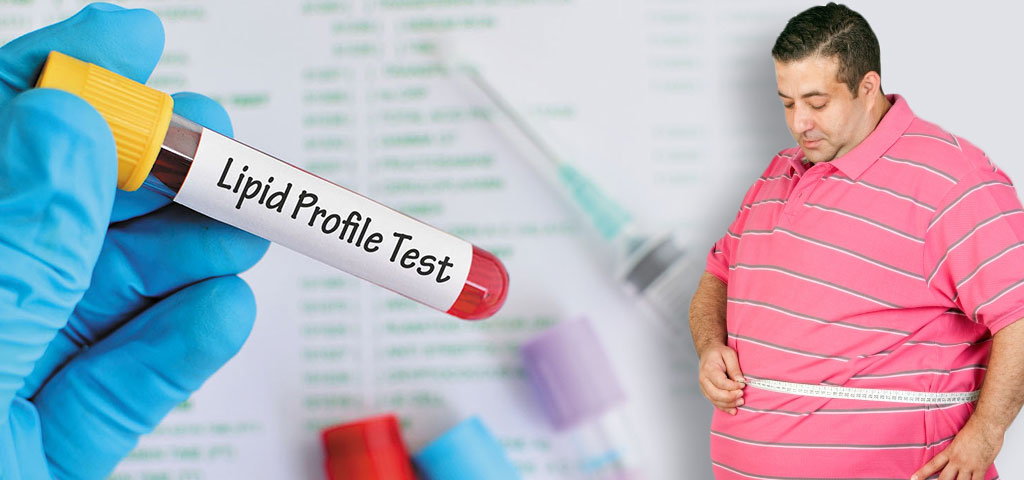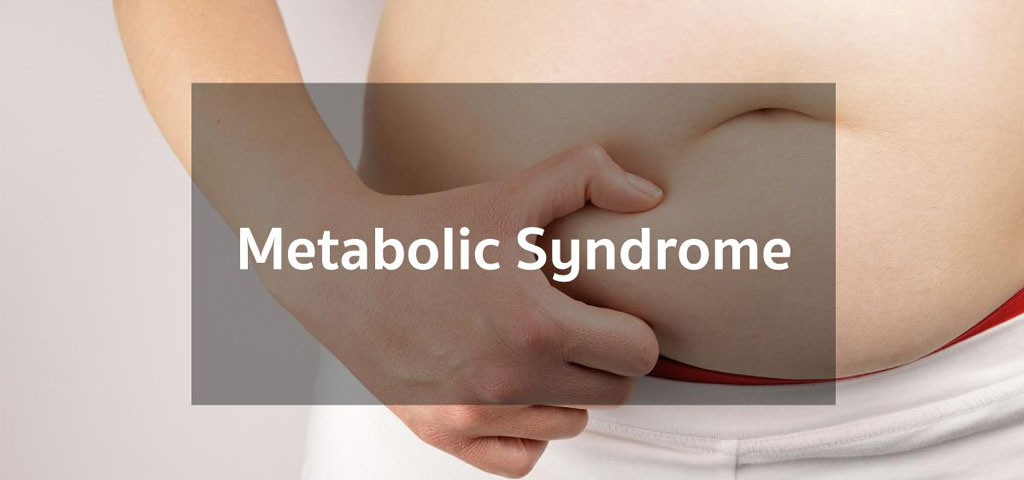– Dr. Sushil Jindal
Lipid Profile and Diabetes:
Lipids are a diverse class of chemical substances which are slimy or oily to touch and are soluble in organic solvents like alcohol but are insoluble in water. They include fats / oils, wax, soaps and sterols. They are good source of energy. Lipids are also required for various body functions and for making many hormones in the body. They are essential for working of brain and nerves. Two kinds of lipids are important for our body-
1) Fats / oils (Triglycerides)
2) Cholesterol
Those fats which remain liquid at room temperature are known as oils. Fats and oils are made up of triglycerides. According to the type of fatty acids, we classify fats into saturated and unsaturated fats. Triglycerides are found in vegetable oils, butter, grains, nuts and meat products. Dairy products, egg yolk and meat are major source of cholesterol in food. Our body itself manufactures large amount of cholesterol for its needs. Lipids reach various parts of the body through blood circulation. Whatever lipids we eat, in our food, are taken to liver after digestion and are packaged into lipoproteins. Basically there are of three types of lipoproteins important to our health.
- High density Cholesterol(HDL)
- Low density Cholesterol (LDL)
- Very Low density Cholesterol (VLDL)
Different kinds of lipoproteins have different jobs to perform.
LDL Cholesterol
The main function of LDL is to transport cholesterol from the liver to tissues incorporating it into cells. They are like delivery vehicles. They are called “bad” cholesterol, because elevated levels of LDL cholesterol are associated with deposits of cholesterol plaques on the artery walls. Over time, cholesterol plaque causes thickening of the artery walls and narrowing of the arteries, a process called atherosclerosis leading to increased risk of heart attacks and paralytic strokes.
HDL Cholesterol
HDL cholesterol is often called good cholesterol as it prevents atherosclerosis by extracting cholesterol from the artery walls and disposing of them back to the liver. They are garbage picking vehicles of the body. Low levels of LDL cholesterol and high level of HDL cholesterol (low LDL /HDL ratios) are desirable for good health.
Lipid Profile Test
Lipid profile test is a blood test which measures the total cholesterol, High Density Lipoproteins (HDLs), Low Density Lipoproteins (LDLs), and triglycerides. This test can determine the risk for cardiovascular diseases such as coronary heart disease and stroke and also helps in selecting right lipid lowering drug. Who should undergo lipid profile test?
Diabetic individuals are at increased risk of heart disease and stroke, so it is essential for them to undergo this test at least twice a year. Along with them people with high blood pressure, coronary heart disease, adults above 30 years who are obese, have family history of heart diseases, diabetes, high blood pressure or abnormal lipid profile should undergo this test.
What you should consider while undergoing Lipid profile?
This test will require overnight fasting for about eight to ten hours. This means that you will not eat or drink anything until after the test. To perform the test, blood will be extracted from a vein in the upper extremity using a needle. It is very important that you get your lipid profile test done from a good laboratory. LDL is calculated by the following formula.
LDL Cholesterol = Total Cholesterol -(HDL Cholesterol + VLDL Cholesterol) VLDL Cholesterol= Triglycerides/5 If value of triglycerides is more than 300 mg/dl, then it is not an accurate result from this formula. So ask your laboratory whether they check direct LDL Cholesterol or not. Direct LDL cholesterol test is expensive and hence many labs may not do it. Remember, correct LDL cholesterol value is most important for deciding the treatment of lipid abnormalities. High Cholesterol levels can also occur due to hypothyroidism. So, if cholesterol level is high, it is better to test thyroid profile. With treatment of hypothyroidism cholesterol levels get corrected automatically within few weeks.
What does your report indicate?
Lipid profile is used to help determine risk of heart disease. People with diabetes should aim for an LDL level of less than 100 mg/dl. If it is more than 100mg/dl you may require medication. Some recent research has shown that in diabetics a LDL cholesterol level of less than 70mg/dl is desirable. HDL, also called good cholesterol, should be more than 40mg/dl for men, and more than 50mg/dl for women. One can increase his / her HDL by regular exercise. HDL also increases by eating fish, nuts, mustard oil and foods rich in Omega 3 fatty acids. At the same time, one should aim to lower triglycerides to less than 150mg/dl. Diabetic individuals usually have high triglycerides levels. By good control of blood sugar levels, and appropriate medicine triglyceride levels can be brought down. Consumption of alcohol can increase triglycerides temporarily. If triglycerides are more than 800 mg/dl, it can lead to pancreatitis. To keep lipid profile in normal range, it is essential for people with diabetes to stop smoking and have alcohol in only limited amounts. Sometimes the report may include additional calculated values such as the Cholesterol/HDL ratio or a risk score based on lipid profile results, age, sex, and other risk factors. Talk to your doctor about what these other reported values may mean for you.






